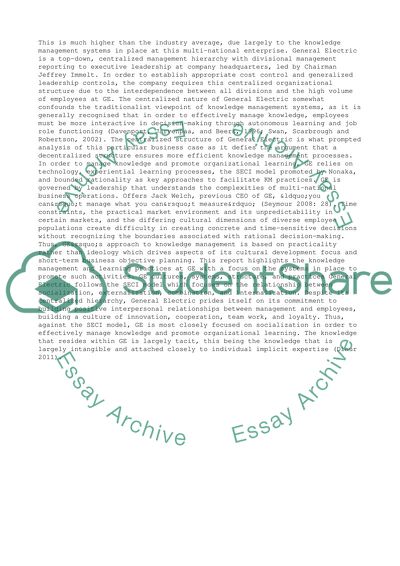Cite this document
(“Organisational Learning and Knowledge Management at General Electric Essay”, n.d.)
Retrieved de https://studentshare.org/management/1392453-organisational-learning-and-knowledge-management
Retrieved de https://studentshare.org/management/1392453-organisational-learning-and-knowledge-management
(Organisational Learning and Knowledge Management at General Electric Essay)
https://studentshare.org/management/1392453-organisational-learning-and-knowledge-management.
https://studentshare.org/management/1392453-organisational-learning-and-knowledge-management.
“Organisational Learning and Knowledge Management at General Electric Essay”, n.d. https://studentshare.org/management/1392453-organisational-learning-and-knowledge-management.


